Cyclopean-sized data center and Tier IV, how can this be? Meet SuperNAP 8
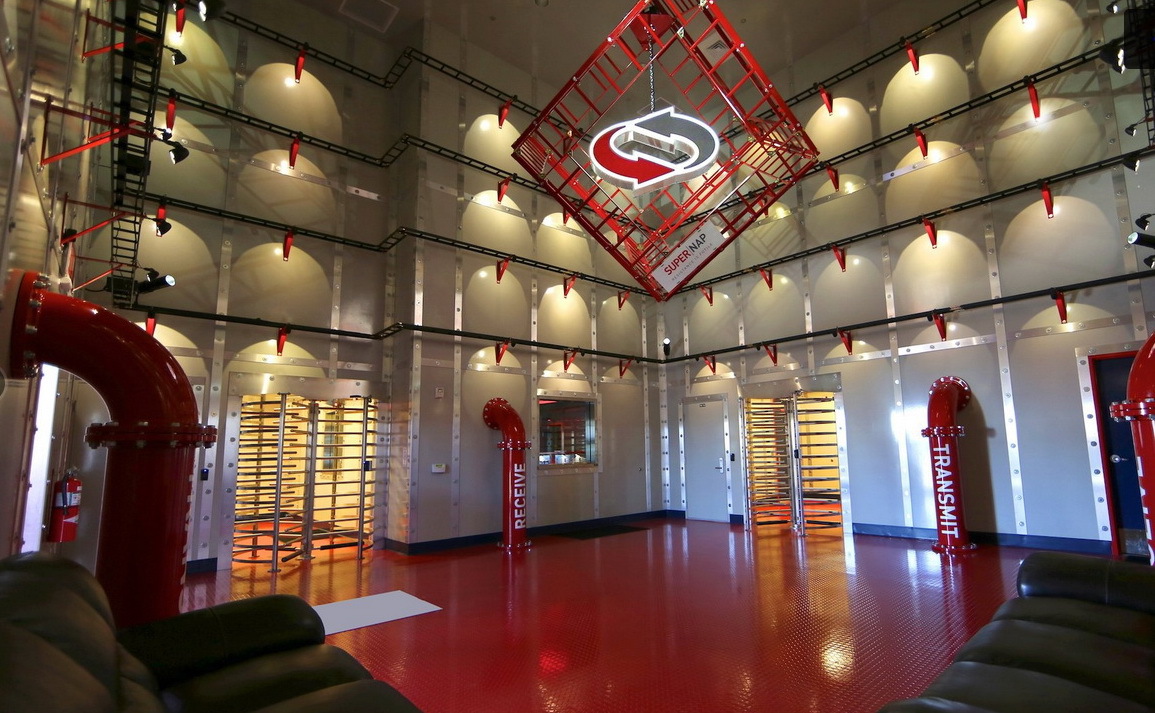
The debut of the SuperNAP data center in 2009 brought Switch to new horizons for its development. Spread over 37 thousand square meters in Las Vegas, Nevada, SuperNAP provided an unprecedented opportunity to place a huge number of server racks in a single place. The construction of the DC hosted the servers and storages of many leading IT companies, including more than 40 cloud service providers, and also united many backbone providers under one roof.
Once you have created a huge SuperNAP, what will be your next step? If you are a Switch company, one of the leaders in the construction of a DC, then right there, behind its fence, you will begin to build an even more powerful SuperNAP.

The company's latest creation, known as SuperNAP 8, was built on the basis of a number of innovations in both cooling technology and reliability. The construction of the DC became the first site accessible to many users, where the principles of building the reliability of the DC at the Tier IV level, the highest possible rating from the Uptime Institute, characterizing the resistance to the occurrence of possible “falls” in the operation of the DC, were implemented in practice.
According to the founder and CEO of Switch Roy Rob Roy, SuperNAP was the culmination of a ten-year period of thought development, a rethinking of the principles of data center construction. The SuperNAP design allows it to function effectively anywhere in the world, any climatic zone, which allows it to become a model, a prototype of DC, on the basis of which the company will grow throughout the world. Switch is completing the development of its plans for international expansion and is preparing to voice them a bit later this year.
“We focused all our efforts on creating the best data center in the world,” said Roy, who, during the development of the project, has patented many design innovations for Switch. “SuperNAP is the crown of all our efforts. I wanted to see if we manage to create a single global standard for all future DCs ”
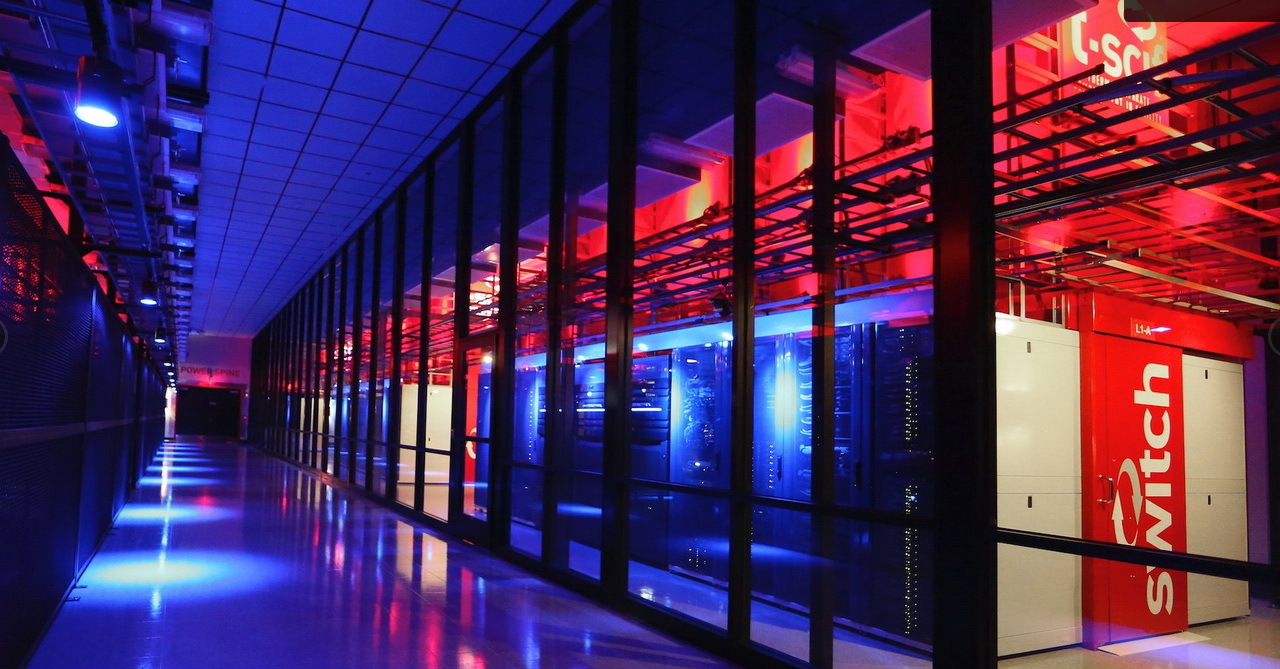
First Tier IV colocation site
The efforts made by the designers of the data center made a lasting impression on the employees of Uptime Institute, whose work is to conduct safety assessments of DCs around the world according to their own certification program. Only four of the DCs ever erected in the United States received a Tier IV safety certificate, the highest of the existing ones. Until now, DCs of this level of security were only in the closed, sole use of various large financial institutions, without the possibility of free placement of other customers' equipment in them.
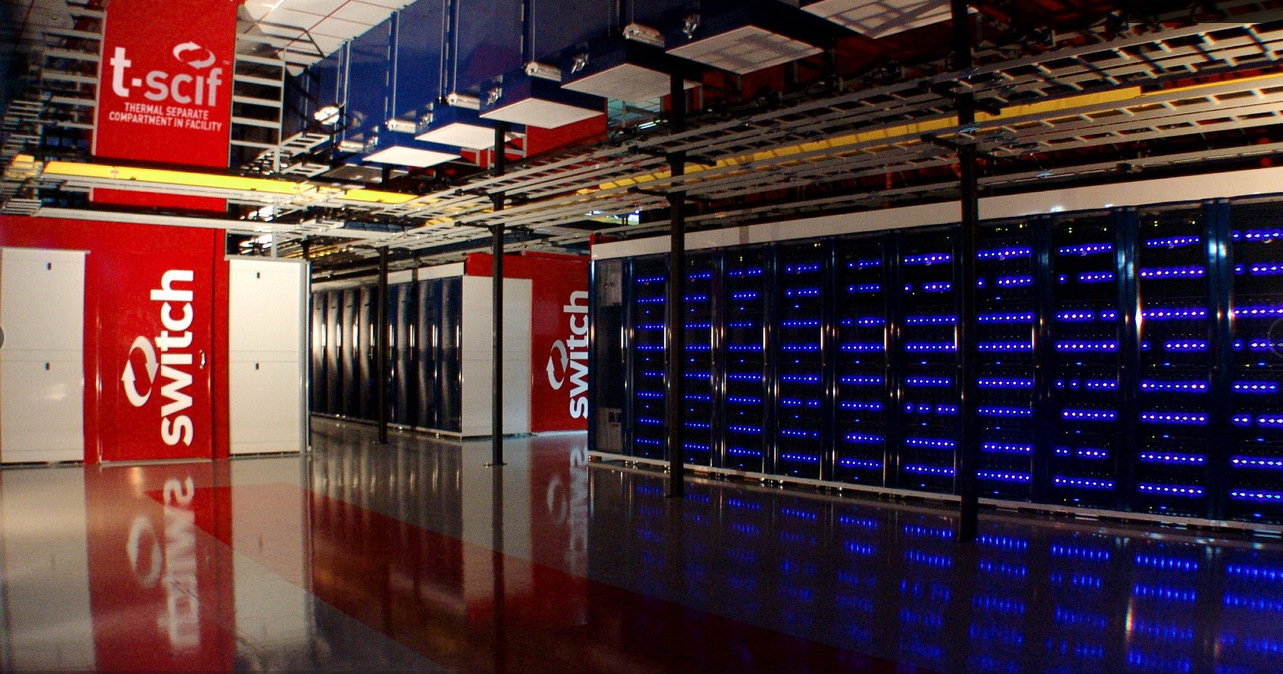
“For the first time, a Tier IV level certificate was assigned to a data center with a flexible customer access model, which speaks for itself. This is the next step in the development of this sector of the IT industry, ”said Ed Raffer, vice president of technology at Uptime Institute. “Switch SuperNAP 8 has brought together a large number of well-designed innovative solutions to meet all the requirements for the functioning of the infrastructure.”
SuperNAP 8, located in Las Vegas, is the next step in introducing Roy about what the city’s technology system should be like. At the moment, this Switch site is serviced by about 315 highly qualified employees, with more than 1000 customers located on it. In addition, the company provides work for more than 1000 engineers and workers involved in the company's projects. The SuperNAP 8 room, with an area of almost 28 thousand square meters, is located just a few hundred meters from the original SuperNAP (now known as SuperNAP 7).
SuperNAP 8 was built using off-the-shelf modules made directly by Switch itself. A key element known as MacroMOD includes two server rooms. Switch plans to place its customers in these two rooms, which in turn occupy only half the space of the new building.
So what makes SuperNAP 8 so high-quality? The data center combined a combination of concentration and efficiency similar to that achieved in SuperNAP 7, which works year-round with PUE (Power Usage Efficiency) at 1.18. This ratio is only slightly behind the existing DC corporations of Google, which has a number of sites with an average annual PUE of 1.12.
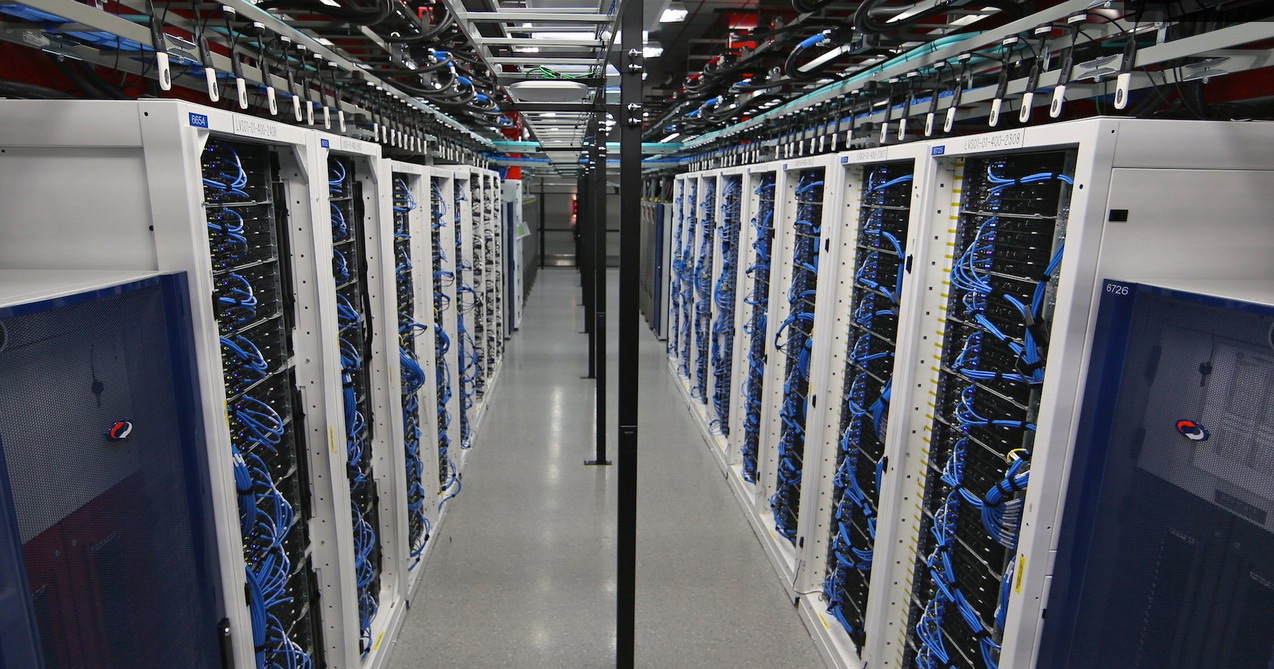
This level of efficiency is unique for a multi-user site, since the requirements for it in terms of temperature are more stringent. Switch is forced to maintain a temperature in server rooms of no more than 20 degrees Celsius with an air humidity of 40%, while such large players as Google and Facebook can afford a temperature ceiling of 26-27 degrees in their data centers of the same class.

High-level innovations are noticeable in the design, in how the DC is organized. In SuperNAP 7, massive flyovers carry energy cables that run down to the center of the structure, where they branch and diverge into server rooms and switch rooms located on opposite sides of the structure. In SuperNAP 8, all rooms with power equipment are assembled nearby and placed on one side of the structure, while overpasses with power cables are placed in a row on the other side.
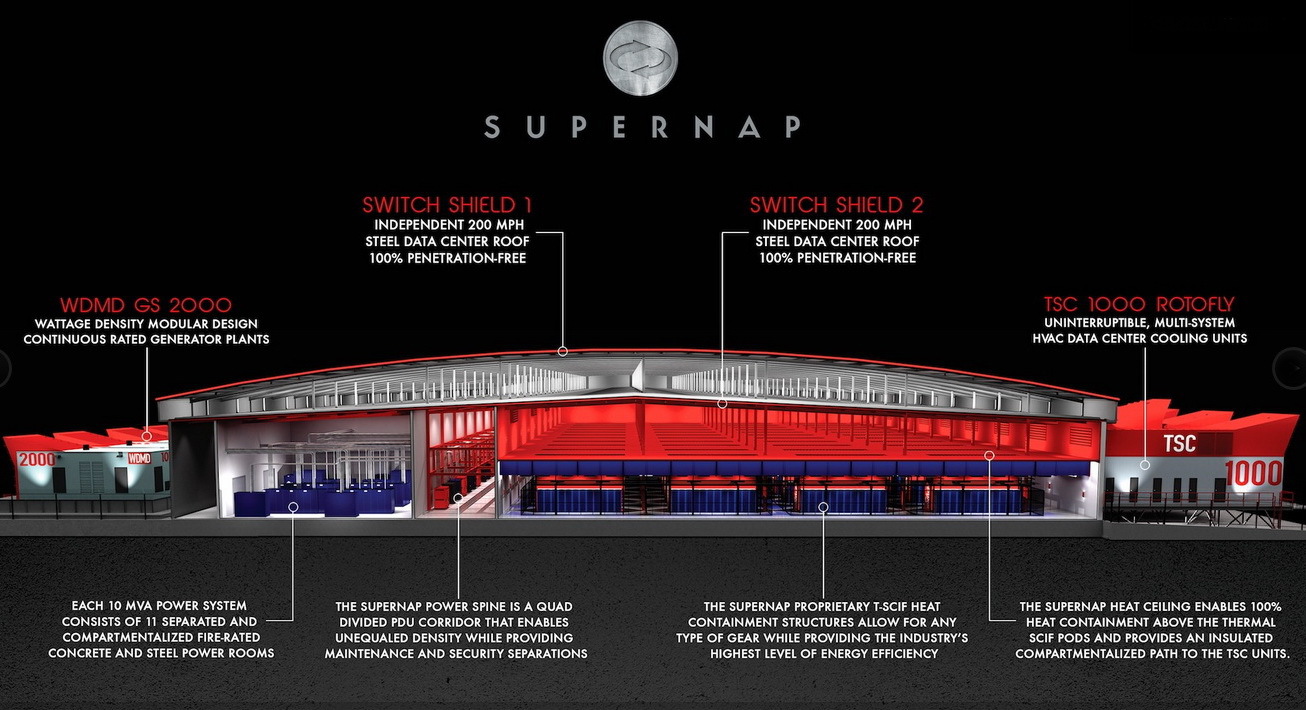
The remaining internal space, facilities, are reserved for server rooms, elements of the cooling system remained outside the internal space, located along one of the sides of the DC. In the above image, you can see a section of sections of the structure, which shows the placement (from left to right) of the generator room, switchboard room, power line, server room, and cooling units.
SuperNAP 8 is also qualitatively distinguished from its predecessor by gigantic-sized cooling units, each of which can supply up to 1000 tons of prepared air (for example, the cooling unit on SuperNAP 7 could supply no more than 600 tons). The units of the new sample, like the old ones, have an elongated shape, which allows them all to easily fit on one side of the DC construction, however, the design feature of the units is an additional air intake on the top of the structure. An advanced system for separating hot and cold air channels also plays a positive role.
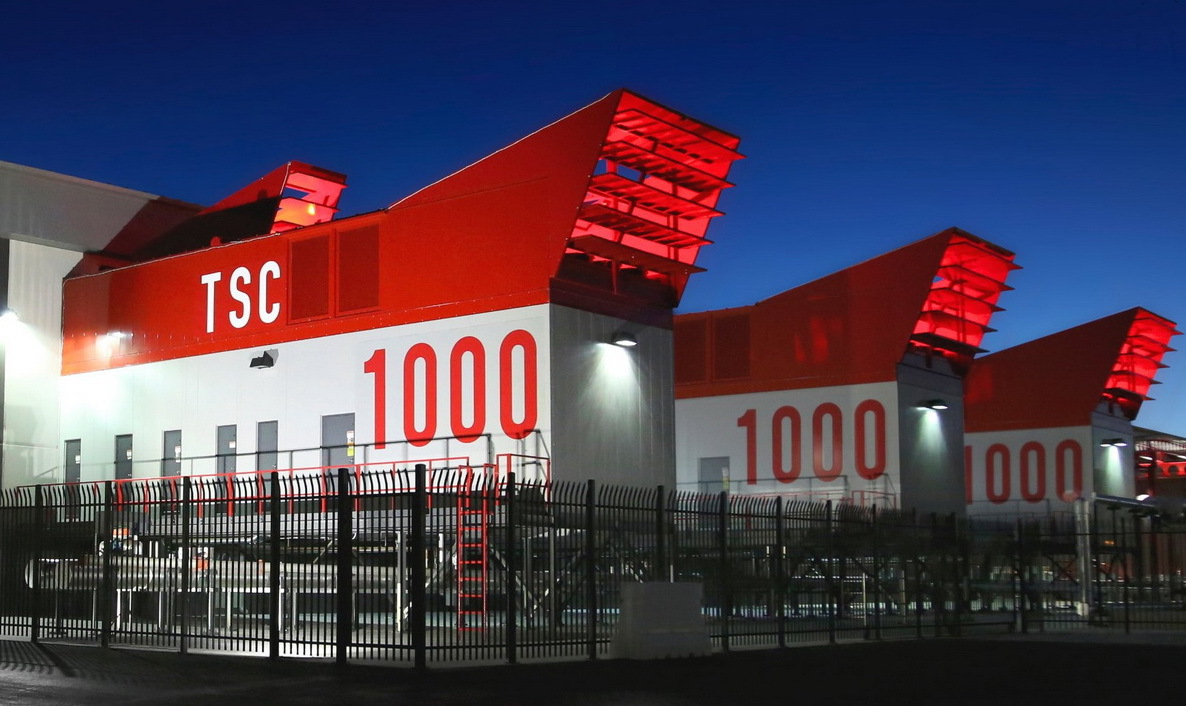
The cooling units themselves, which joined the outer wall of the DC, are surprisingly versatile, they support six different cooling modes. The software of the units allows you to automatically assign the most suitable mode of operation at a particular moment, based on an analysis of the temperature inside the room, as well as several other parameters. These new cooling units, which adorned SuperNAP 8, are designed so that they fully reflect Switch's ambitions to enter new markets located in different geographical latitudes. Specially designed hoods ensure the efficient operation of cooling units even with accumulations of snow and ice, and the air that comes from the hot passages does not allow them to accumulate in large quantities.
Flywheels increase the capacity of the cooling system
The innovative system of corrugated surfaces used in SuperNAP 8 using rotor flywheels weighing almost a ton each in cooling units is able to provide effective cooling of server rooms even in case of power outages in the cooling system.
Also, design innovations related to cooling also affected the interior of the DC itself. One of these innovations is spanning steel racks, called the Black Forest of Steel. Steel plays a dual role here: it provides physical support for Switch's equipment placement system, known as T-SCIF, and also helps to cool the DC center, acting as a kind of radiator that is cooled by circulating air, which can become an additional temperature “airbag” in case of failures in cooling.

“When the temperature rises to 20 degrees, the steel heats up to 20 degrees,” Roy says. “These racks, like radiators, give off heat very effectively. They are designed more massive specifically so that they can absorb more heat. As a result of the high heat transfer by steel, the overall temperature in the room is somewhat reduced. ”
Innovative Solution - SwitchSHIELD
A roof usually does not belong to the particular capabilities or advantages of a data center. But Roy claims that it is the construction of the roof that plays a very important role in the life cycle of any DC. “99% of existing DCs will be forced to replace the roof during the life cycle of DCs, and at these very moments, DCs become extremely vulnerable,” said Roy.
It is for this reason that SuperNAP 8 has the unique SwitchSHIELD, a double-roof system that can withstand wind outside the building at a speed of 90 m / s. Two independent overlapping horizons are placed one from another at a distance of 2.7 meters and are attached directly to the concrete and metal structures of the structure, while not intersecting each other. This solution allowed Switch to replace the roof without the slightest risk to the security of the servers located under it.
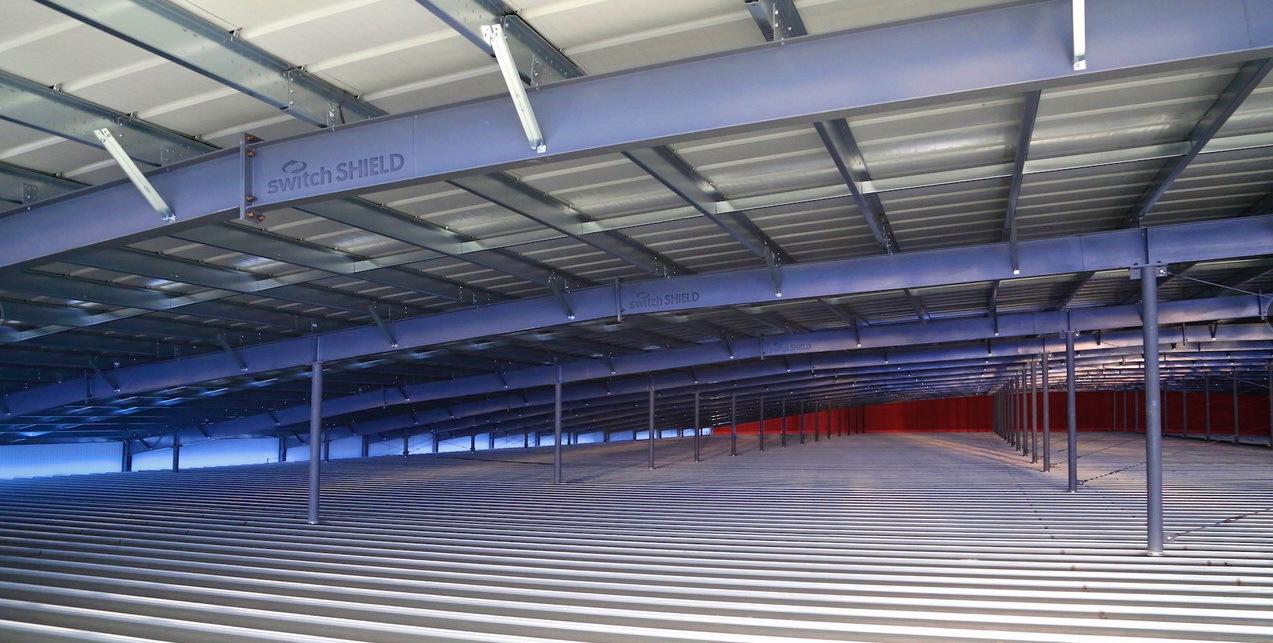
The unique SwitchSHIELD is a feature that is another application for the company's expansion into the international market, with the ability to offer this product in all kinds of climatic zones. A tornado in Nevada is an extremely rare occurrence, and the region has never been famous for record winds that could be countered by such a serious defense. Double roofing will be a more significant positive difference in the markets of countries and territories, which often suffer from the destructive power of hurricanes and tornadoes.
Only forward, not a step back
“Rob Roy has set the standard for our industry,” said Missy Yong, Executive Vice President, Switch. “With his vision of the future of the industry, Switch SuperNAP will continue to change the world of data centers, technological advances in the industry will make it possible for ordinary businesses to place their data in the highly protected SuperNAP ecosystem.”

“The quality of our services is so high that there has never been a precedent for serious downtime for which compensation would have to be made,” Yong said. “We have no plans to slow growth. Our main goal has always been to meet the rapidly growing market demands. ”
Indeed, not far from the standing SuperNAP 8, the construction crews are already starting work on the construction of SuperNAP 9, which should become the largest among the existing Switch projects. Its total area should be 55 thousand square meters, according to preliminary data, it should be commissioned in the first half of 2015.
